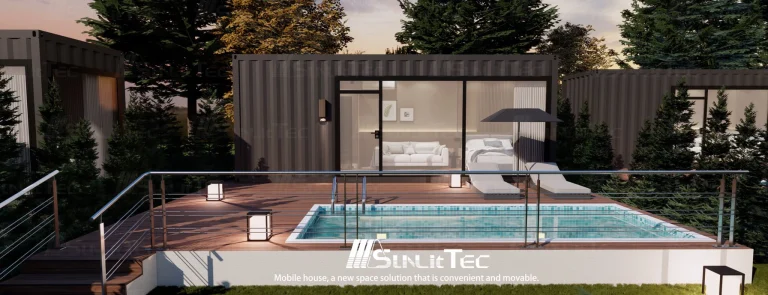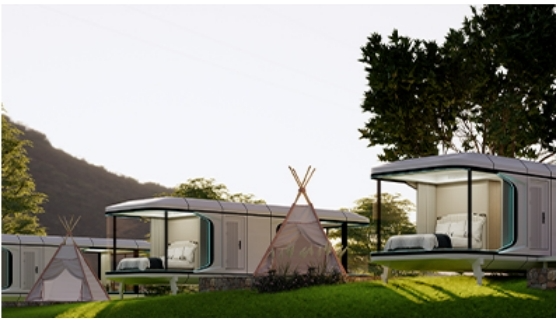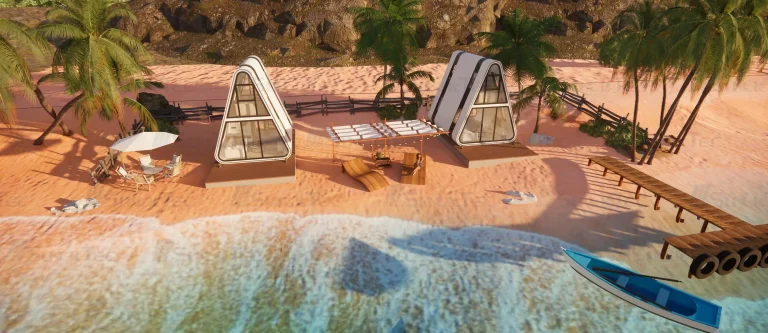
As housing ideas grow, space capsule houses are becoming popular for their flexibility, quick setup, and modern look. Yet, many people still have doubts about how practical and safe they are. This article clears up common myths about capsule houses and explains their features, strength, and long-term use.
Common Misconceptions About Space Capsules
Space capsules bring a fresh way to live small and serve as emergency shelters, but some wrong ideas make people unsure.
Concerns About Weather Resistance and Moisture
Many worry that space capsules can’t handle heavy rain or damp air. They think the small size and modular build might let water leak or cause dampness inside. In truth, well-made capsule homes use materials that block water and have tight seals to stop leaks.
Misunderstandings About Temperature Regulation in Summer and Winter
Some believe capsule houses get too hot in summer or too cold in winter because they’re small. Actually, these homes have special layers to keep the inside cozy all year round.
Questions About Privacy in a Compact Living Space
People often think living in a capsule home means no privacy. While the space is smaller than regular homes, smart designs create separate spots for sleeping, bathing, and relaxing. You can add walls or sound-blocking materials to make it even more private.
Doubts Regarding Compliance With Building Standards
Some question if space capsules follow local building rules or safety codes. Trusted companies make sure their capsules meet standards for strength, fire safety, and utility hookups.
Fears About Structural Safety During Extreme Weather
Buyers sometimes worry if capsule houses can stand up to earthquakes or strong winds. They assume lightweight designs are weak. But, as we’ll see, the materials used make them very strong.
Evaluating the Structural Durability of a Space Capsule
To ease worries about safety in bad weather or long-term use, let’s look at how these homes are built.
Materials Used in Construction: Steel and Aviation-Grade Aluminum
Space capsules are made from tough materials like steel frames and aviation-grade aluminum. These are strong yet light and resist rust or bending under pressure.
Earthquake and Wind Resistance Capabilities
The smooth, curved shape and strong shell of capsule homes help them stand firm in earthquakes and high winds. Their low center of gravity keeps them steady during natural disasters.
Importance of Proper Foundation Installation
The base under a space capsule is key to its safety. Gravel bases aren’t allowed because they can wash away. Capsules must sit on flat, hard ground. On uneven or mountain land, concrete pillars with steel bolts or cement bases are used to keep them secure.
Comfort and Livability in Emergency Situations
Besides being strong, capsule homes need to be livable, especially for emergency or short-term housing.
Interior Layout and Functional Zoning
Even with a small size, space capsules are planned for smart use of space.
Sleeping, Living, and Sanitation Areas
Each capsule has a spot for sleeping (fitting one or two people), a small area for sitting or working, and basic bathroom features like a toilet or shower.
Optional Features for Enhanced Comfort
You can add extras like air conditioners, smart lights, foldable furniture, or even entertainment systems. These make the small space more comfortable.
Thermal Insulation and Energy Efficiency Features
Special materials in the walls keep the inside warm or cool while using less energy. This makes capsules cozy and saves money over time.
Flexibility and Mobility for Emergency Deployment
One big plus of space capsules is how fast they can be set up in emergencies or for temporary housing.
Rapid Deployment Process and Fast Check-In Capability
Capsules can be built off-site and moved fully ready. This means quick setup at the location without needing much construction work.
Terrain Adaptability and Foundation Requirements
Capsules can work on different lands, but there are rules to follow.
Prohibited Use on Gravel Foundations
Gravel bases aren’t allowed because they can erode, especially in heavy rain or earthquakes, which could make the capsule unstable.
Recommendations for Concrete or Bolt-Fixed Installations
On uneven or mountain land, use concrete pillars with steel bolts or cement bases to keep the capsule steady in tough conditions.
Utility Connections and Energy Solutions
People often wonder how capsules handle things like electricity in such a small space.
Standard Power Supply Through National Grid Access
Capsules usually connect to the national power grid for steady electricity, so no big changes to local systems are needed.
Optional Solar Panel Installation for Off-Grid Scenarios
If you want to use a capsule in a remote place, Sunlit Tec can add solar panels. These let the capsule run without power lines, perfect for far-off spots.
Environmental Impact of Capsule Housing Solutions
People who care about the environment like how capsule homes fit with green living ideas.
Resource Efficiency Compared to Traditional Housing Models
Capsules use fewer materials to build and make less waste. This makes them better for the planet than regular homes that need lots of cement or wood.
Green Technology Integration Options
Optional solar panels cut down on fossil fuel use. Good insulation also lowers the need for heating or cooling, helping reduce your carbon footprint.
Long-Term Usability Beyond Emergency Applications
Capsules were first made for short shelter needs after disasters, but now they’re used for regular living because they’re comfy and affordable.

Suitability for Year-Round Living Conditions
With strong builds and good insulation, capsule homes work well for living all year, from hot tropics to cooler places. For buyers in Southeast Asia, the 1 Courtyard Space Capsule has been a great choice.
Market Trends Supporting Resale Value Retention
As cities grow and land prices rise, capsule homes hold their value well. Trusted brands like Sunlit Tec help keep their resale value strong in the market.
Introducing Sunlit Tec as a Reliable Space Capsule Supplier
Sunlit Tec has been in business since 2004. They’ve earned trust in many markets with new ideas and customer-focused service for local and global needs.
Product Line Diversity: From Space Capsules to Container Houses
Sunlit Tec offers a wide range of products beyond capsules, including container houses and apple cabin. They also design scalable solutions for short- or long-term use, tailored to customer preferences.
E1 Space Capsule
E1 Space Capsule, measuring 8.5m long, 3.3m wide, and 3.2m high with a 28㎡ area, is designed for two people, offering a compact yet comfortable living space ideal for solo travelers or couples seeking a minimalist lifestyle. It features a sleek design with a panoramic window for natural light and a cozy interior with efficient zoning for sleeping, living, and sanitation.
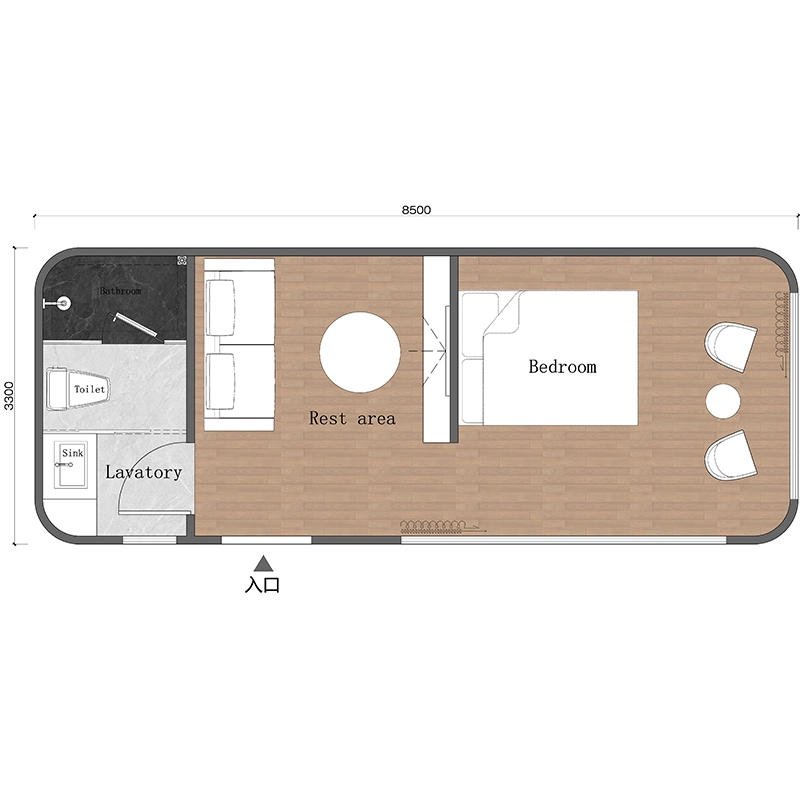
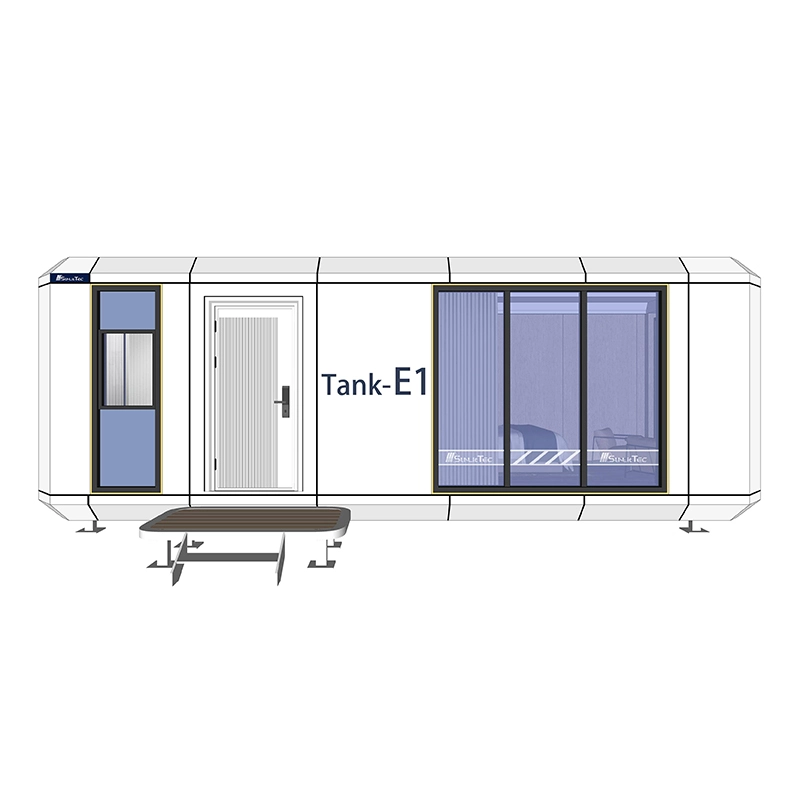
D3 Space Capsule
The D3 Space Capsule, at 5.6m long, 3m wide, and 3.3m high with an 18㎡ area, also accommodates two people. It offers a compact yet functional space with customizable interiors and optional smart systems, perfect for small-scale living or temporary setups.
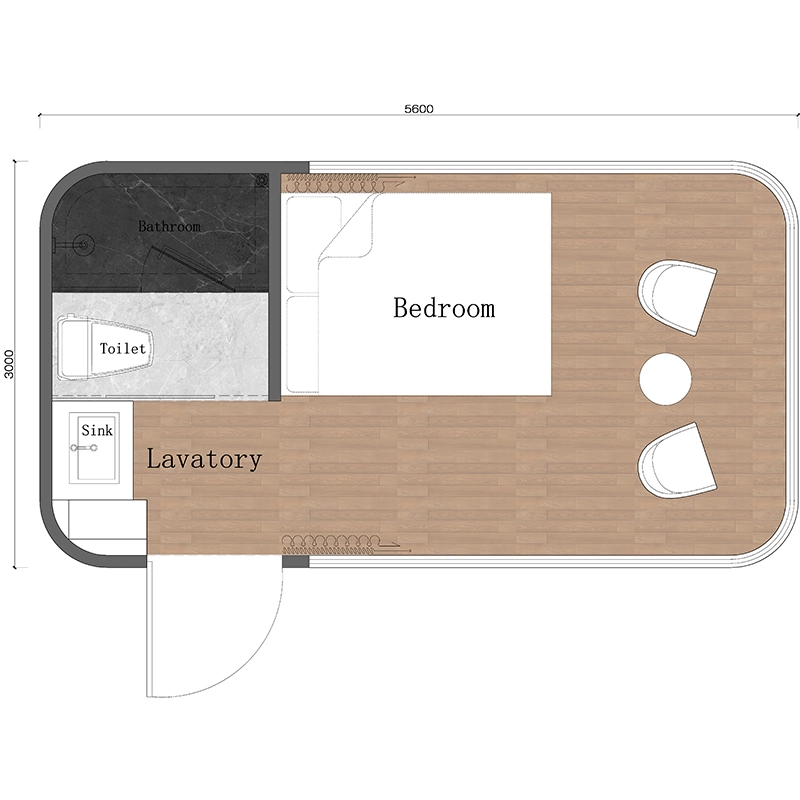
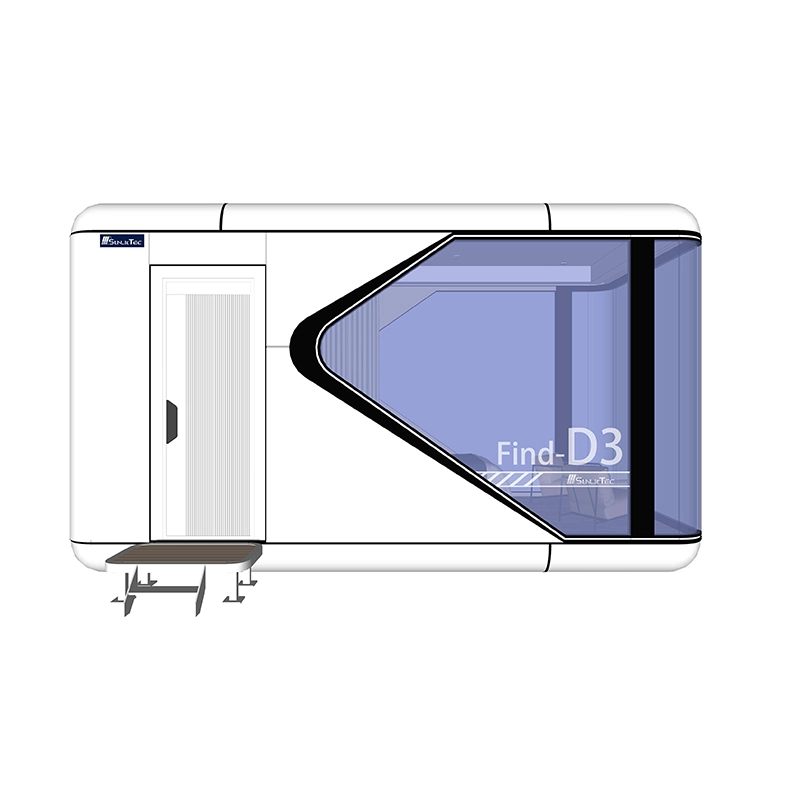
Commitment to Quality, Innovation, Sustainability, and Customer Service
Every Sunlit Tec product shows their focus on green practices, top-notch engineering, clear communication, and great after-sales support to keep customers happy.
FAQs
Q1: Can I live in a space capsule year-round?
A: Yes! Modern capsules have strong insulation to keep you comfortable all year, no matter the weather.
Q2: Is it possible to install solar panels on my space capsule?
A: Yes! While capsules usually connect to the power grid, you can add solar panels for off-grid use, great for outdoor trips or events.
Q3: What happens if something breaks inside my unit?
A: No problem! If parts break during the warranty, Sunlit Tec replaces them free. The capsules need little upkeep because of their tough materials.

